Now that we've been working hands-on with leather for several years, we're ruined as consumers of leather goods. When we see something in the store that's labeled as "leather" we are often shocked by the poor quality, and how little people know about real leather these days. We see much more fake leather and bonded leather than actual leather.
If you're in the US, there are some labeling requirements for leather but they're pretty minimal. If it says "Genuine Leather" you can be sure that it's pretty poor quality. If it says "Bonded Leather", then you know that is basically just leather dust and glue, and if it says "Imitation Leather" or some such thing, then it is not leather at all, but plastic or vinyl that has been stamped to look like leather, and it will wear just as well as plastic or vinyl do. If you want to learn more about these kinds of leather, watch
this excellent and hilarious video by leather bag designer Saddleback Leather.
But beyond the label, what if you just want to know whether the product was bench made or machine made? The best way to tell is to learn how to look critically at the piece. If you can unwrap it in your mind, you can tell if you're looking at hand-crafted originality and quality, or machine-made shortcuts.
Here are some tips for differentiating between hand-crafted and machine-made:
Edge Treatment
We think of the edges of leather like trimwork in a house, except that the leather edges are meant to be regularly handled and touched. They should be beautiful, tactile, and durable. Here's what to look for:
-
Edge Cut. Were the edges cut straight? That is, were they cut at a straight 90-angle? This is the first sign of skipped steps. Quality leatherworkers round the edges with a beveler. Just like a kitchen countertop, the edges get beveled at 45 degree angles on both sides so the edge is "bullnosed." This rounded edge is much more tactile and visually appealing, just like rounded crown molding is more visually appealing in a room.
-
Edge Color. Are the edges a homogenous color, perhaps a darker color than the surface of the piece? This is a sign that the leathercrafter took time to make the edges look finished by edge dyeing. If you can see the natural leather color sandwiched between the dyed surfaces, then run away. This is a clear sign of a lack of attention to detail. This of course only applies to the outer edges of a piece. It would be impractical to dye the cut surfaces inside hardware holes, for example, but we'll talk about those more in a minute.
-
Edge Sheen. Are the edged burnished? This is a step that most manufacturers skip, and a tradition that we are proud to keep alive. Burnishing melts waxes into the edges for durability and a long life by sealing the edges and smoothing the rough nap. Burnished edges have a waxy, glossy sheen.
 Photo credit: Erin Berzel for DK Publishing
Photo credit: Erin Berzel for DK Publishing
Color Treatment.
Leather is colored using any of several different dyes, and the method of dyeing used speaks volumes about how much hands-on time the maker is spending on the product and the choices they make. Bridle leather and other pre-colored leathers are dyed - and also sometimes waxed - by tumbling whole hides in drums filled with dyes and waxes. The cheapest and least effective method of dyeing is painting the surface with an airbrush. Finally, you can hand-rub in oil dyes. The difference between airbrushing and hand-dyeing is like the difference between marinating a chicken by pouring salt and spices on top, or rubbing it in to every nook and cranny, working the salt into the meat.
-
Interior Dye Penetration. To get clues on the coloring method used, look inside the hardware holes to see the interior of the leather. Do you see the natural leather color, sandwiched in the middle? If so, it was either poorly done in a drum, or airbrushed, or hand-dyed.
-
Backside Color. Hand-dyeing is usually easily identified by having natural, undyed leather on the backside or underside. This can be an advantage for a bag, where the lighter interior can be easier to see inside for locating keys in dark corners, and is also better for objects or documents that need archival protection because there is no off-gassing.
-
Surface Texture. Hand-dyeing can also be identified by taking a critical look at the surface: natural scars and mars that are enhanced by the dye, and slight variations in the dye saturation across the surface indicate the wabi-sabi imperfection of handcraft. Hand-dyed surfaces have an unmistakeable natural luster.
 Photo credit: Erin Berzel for DK Publishing
Photo credit: Erin Berzel for DK Publishing
Stitching.
Leather stitching carries extra importance in the durability of the product. In crafting leather goods, the placement of stitch holes is un-doable. When stitching fabric with a machine, the needle can pierce through the weave without leaving an indelible mark, but in leather once the hole is punched you can't unpunch it. Stitching can be the weakest spot of a leather good, so it's important that it's done right.
-
Stitch Grooves.Quality leathercrafters - and especially those that are hand-stitching - will make a channel for the stitching to lie in called a stitch groove. This shallow trench not only makes the stitching path clear for the hand-stitcher to follow, but more importantly allows the thread to lay flat with the surrounding leather surface, protecting it from snags and excess wear.
 Photo credit: Erin Berzel for DK Publishing
Photo credit: Erin Berzel for DK Publishing
-
Thread Thickness.How thick is the thread? Machine stitching is almost always done with the same threads used to stitch fabric, while hand-stitchers use extra thick, strong thread, usually 3mm or 5mm thick.
-
Thread Waxiness. Hand-stitchers usually use a thread called sailmaker's thread, which is waxed with beeswax or paraffin. This coating of wax makes the thread more durable, protecting it from moisture (just like sailboat sails should be!). This is usually waxed polycord but some pieces use waxed linen or cotton, or even sinew or leather lace.
 Photo credit: Erin Berzel for DK Publishing
Photo credit: Erin Berzel for DK Publishing
-
Stitch Pattern. Saddle stitch is the signature stitch of hand-stitching and quality leathercrafters. Saddle stitch is stronger than any machine stitch because if a part of the thread were to get cut or snagged, the rest of the thread will stay intact. Look at where each stitch line ends: was it back-stitched by a machine or knotted off by hand?
 Photo credit: Bag'n-telle
Baseball stitch is another popular hand-stitch and is unbeatably iconic.
Photo credit: Bag'n-telle
Baseball stitch is another popular hand-stitch and is unbeatably iconic.
 Photo credit: Erin Berzel for DK Publishing
Photo credit: Erin Berzel for DK Publishing
Armed with this knowledge, you are now prepared to examine your next leather good critically and get a glimpse into the production methods and care used in creating them!
 Photo credit: Erin Berzel for DK Publishing
Photo credit: Erin Berzel for DK Publishing Photo credit: Erin Berzel for DK Publishing
Photo credit: Erin Berzel for DK Publishing
 Photo credit: Erin Berzel for DK Publishing
Photo credit: Erin Berzel for DK Publishing Photo credit: Erin Berzel for DK Publishing
Photo credit: Erin Berzel for DK Publishing Photo credit: Bag'n-telle
Baseball stitch is another popular hand-stitch and is unbeatably iconic.
Photo credit: Bag'n-telle
Baseball stitch is another popular hand-stitch and is unbeatably iconic.
 Photo credit: Erin Berzel for DK Publishing
Photo credit: Erin Berzel for DK Publishing
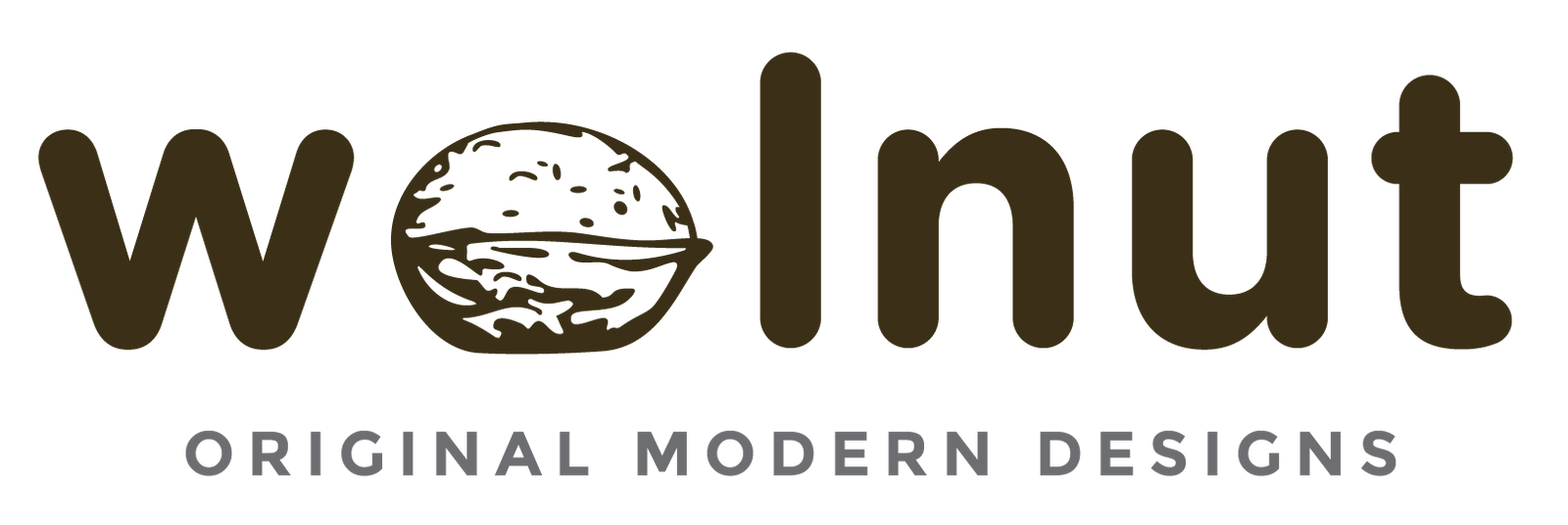

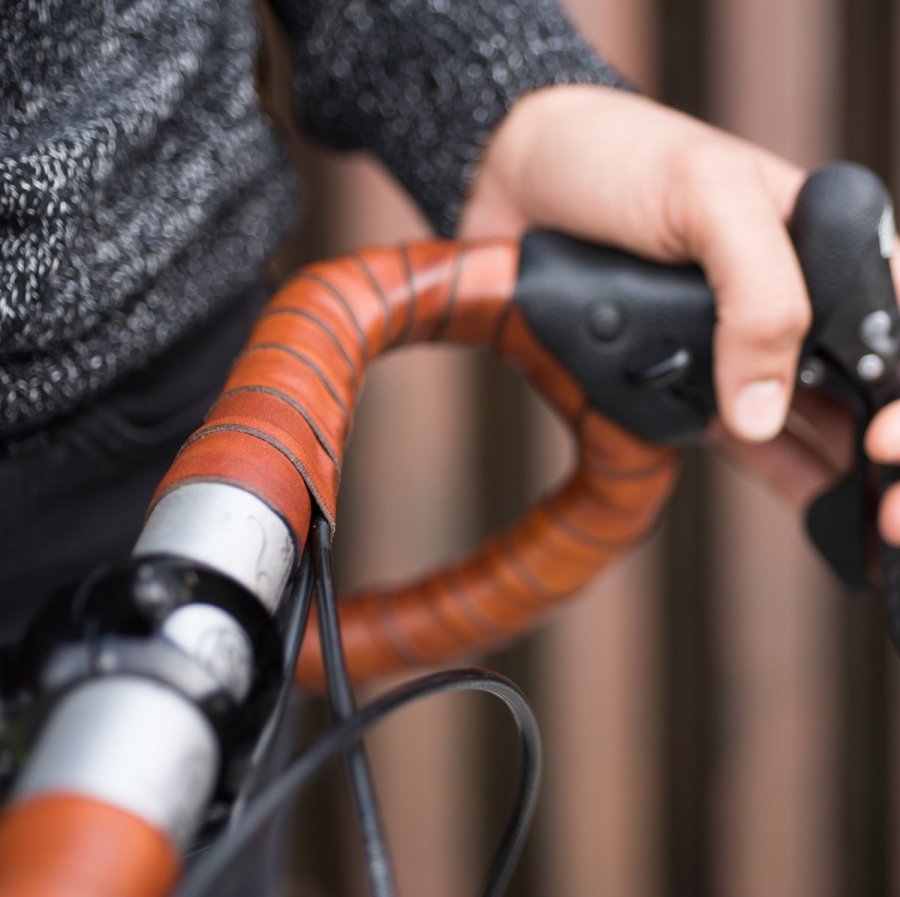
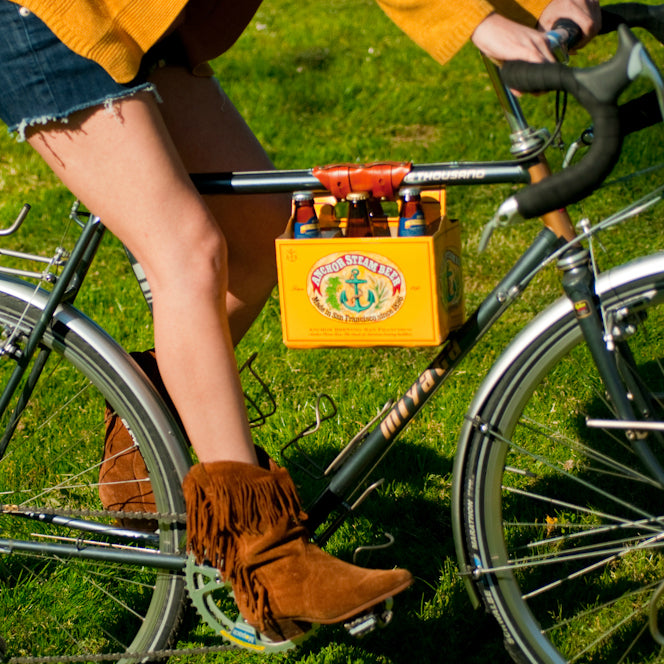
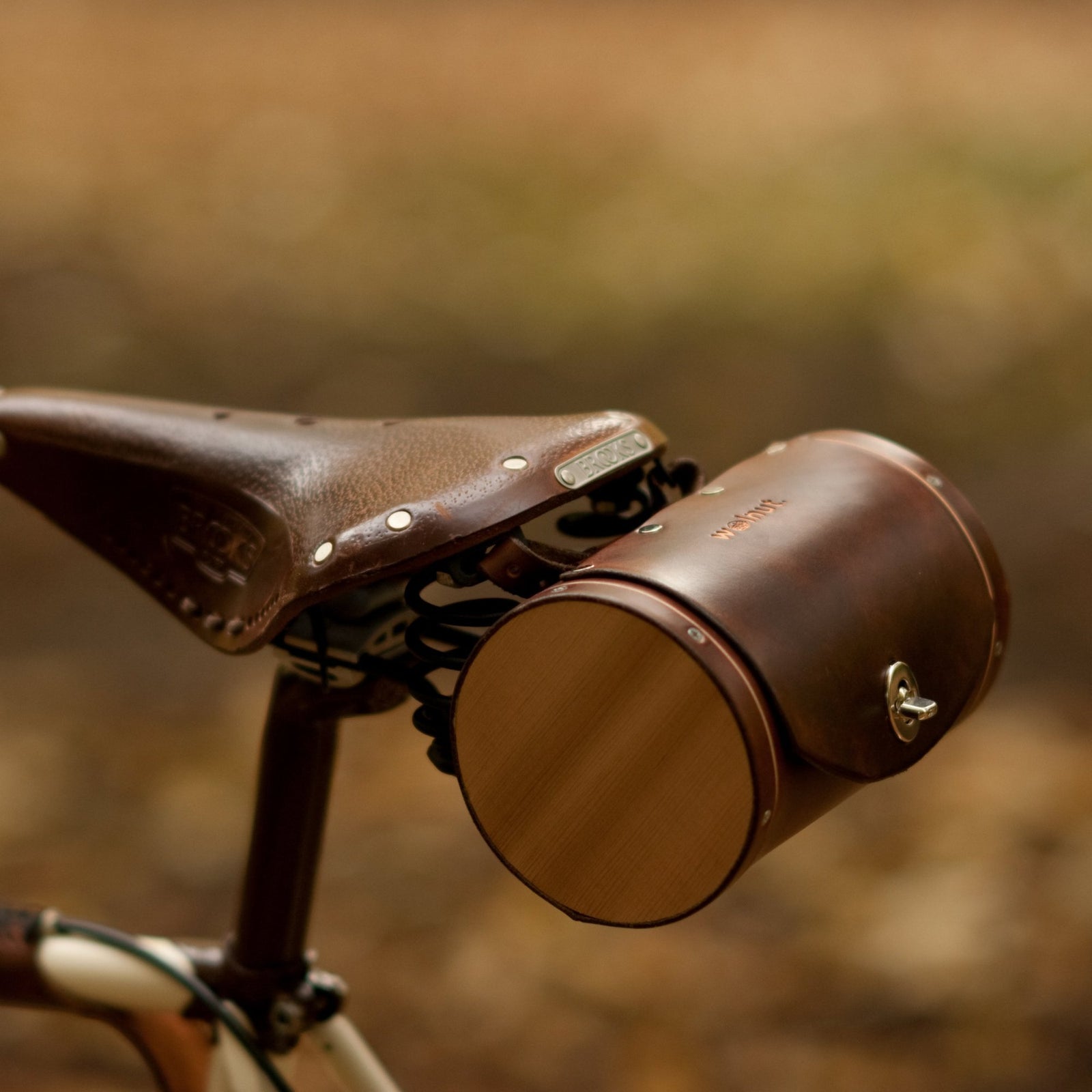
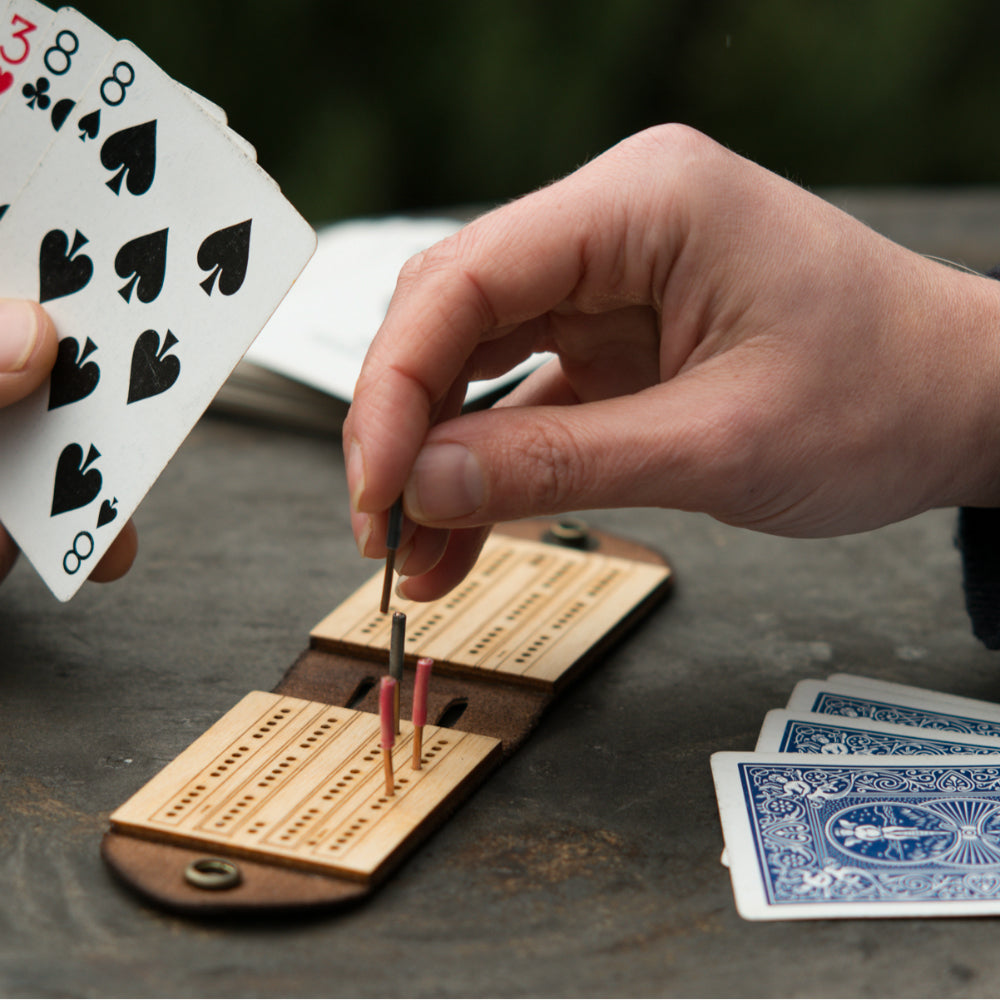
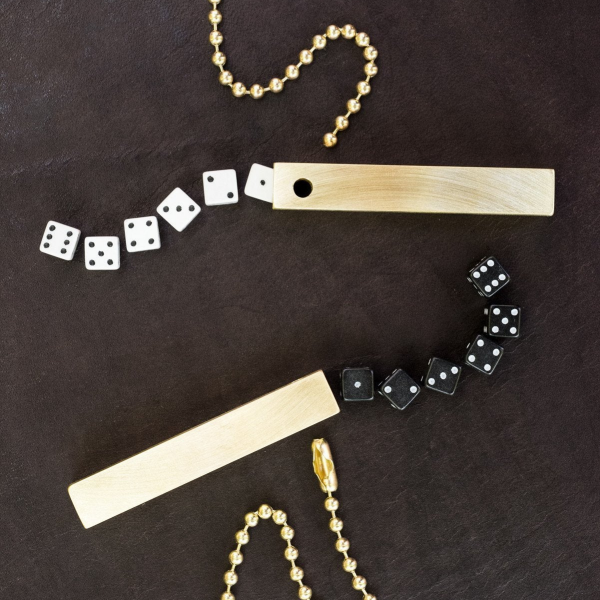
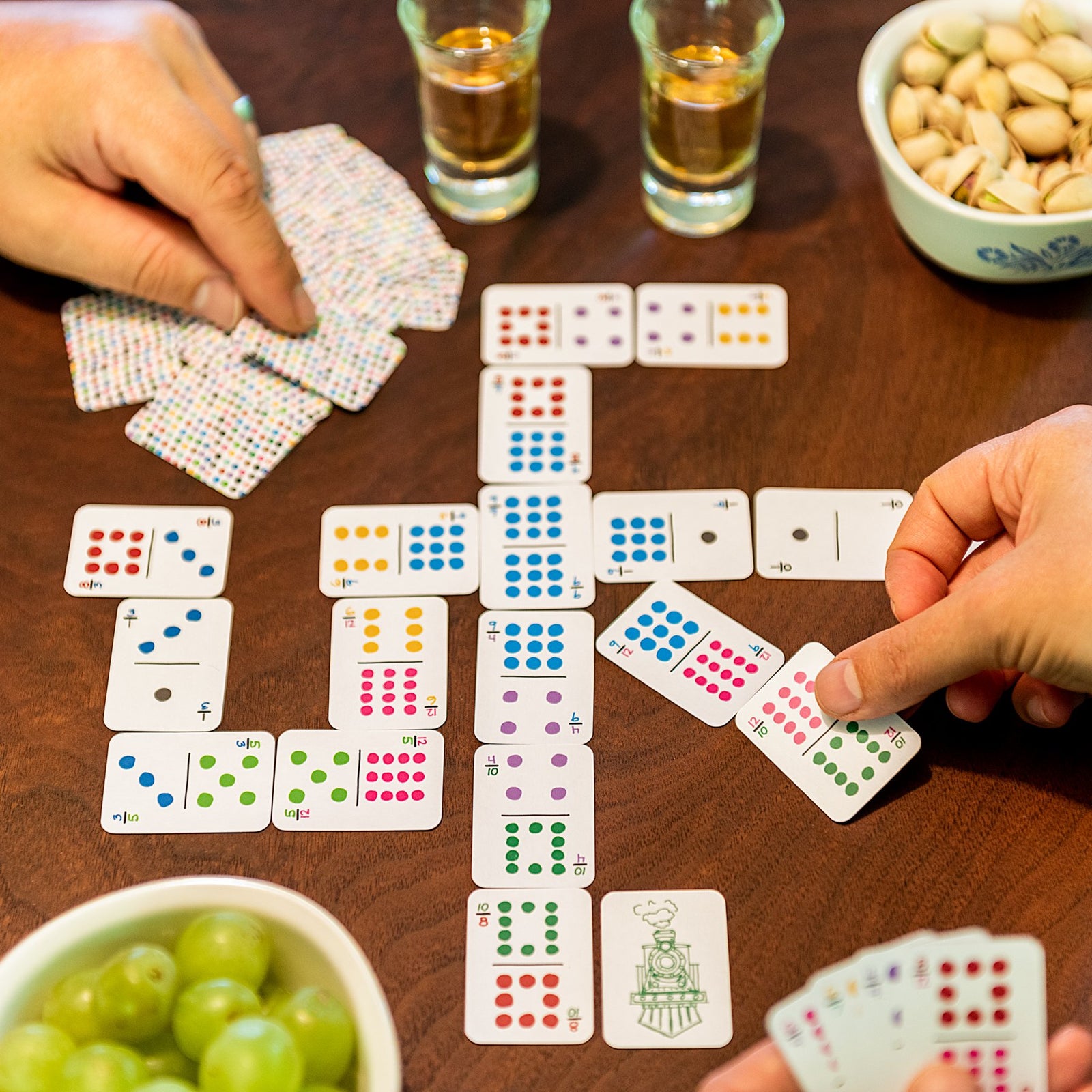
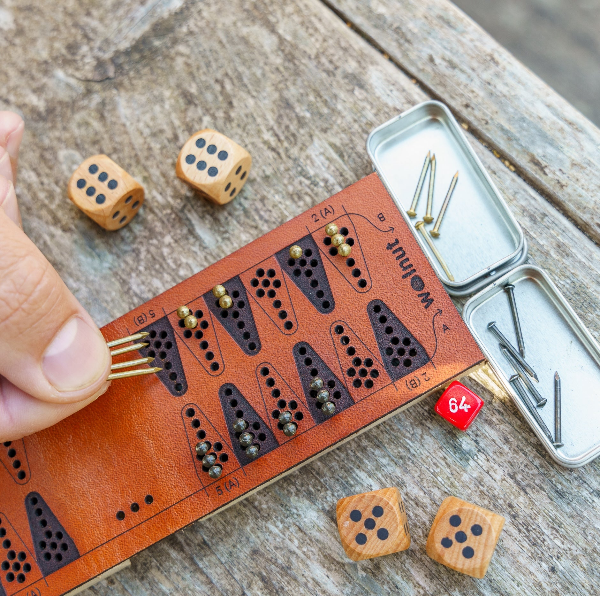
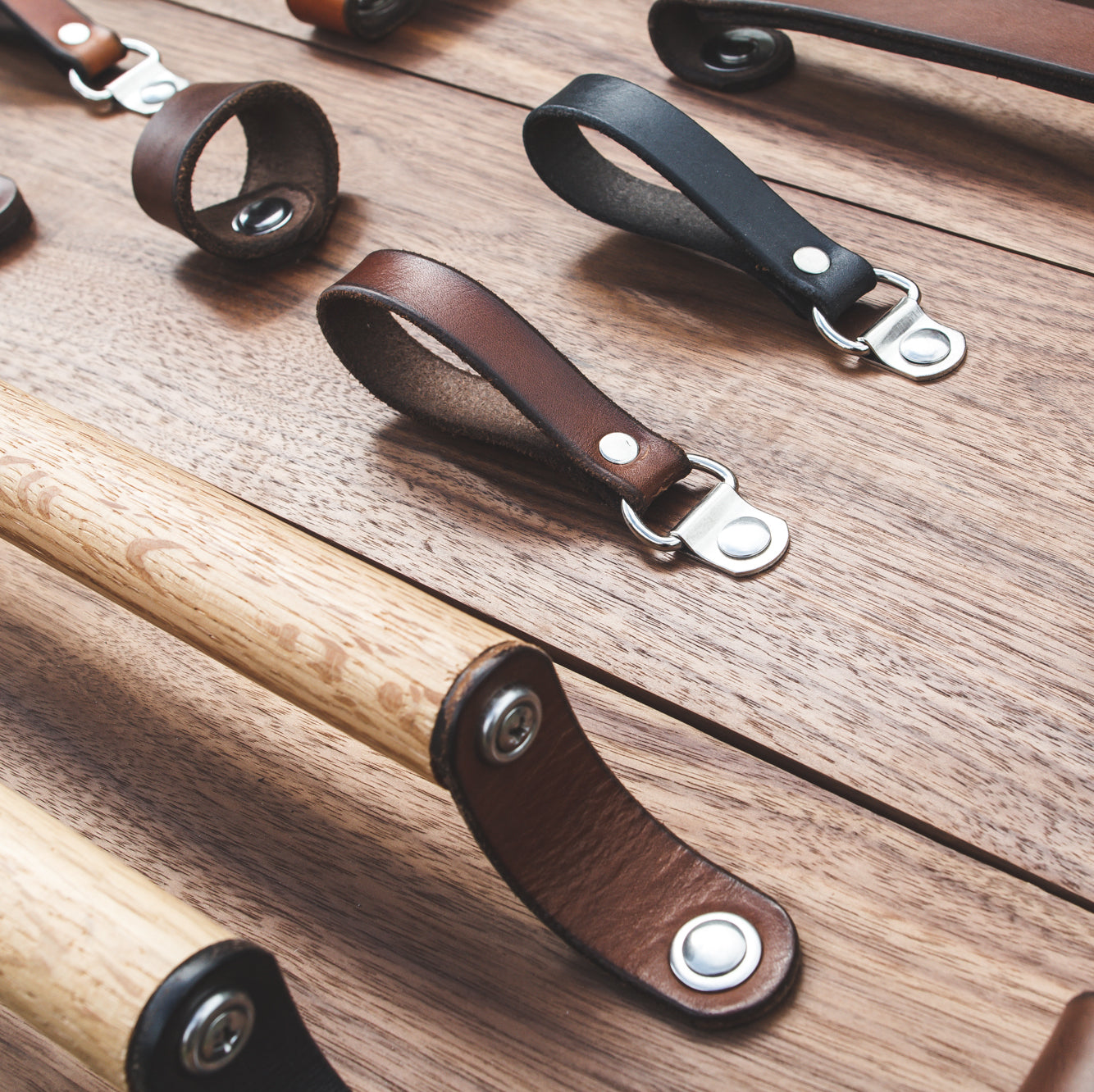
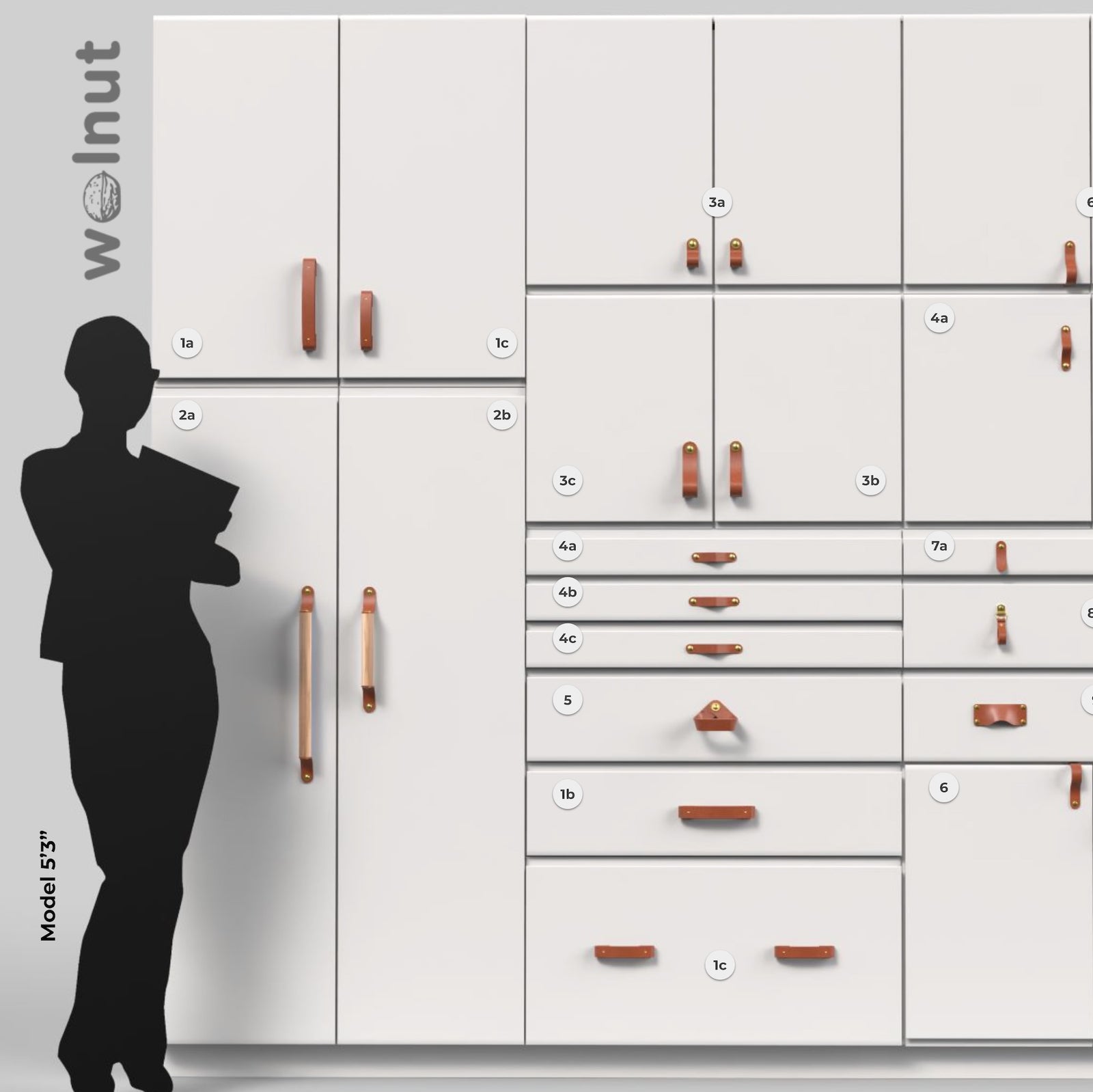

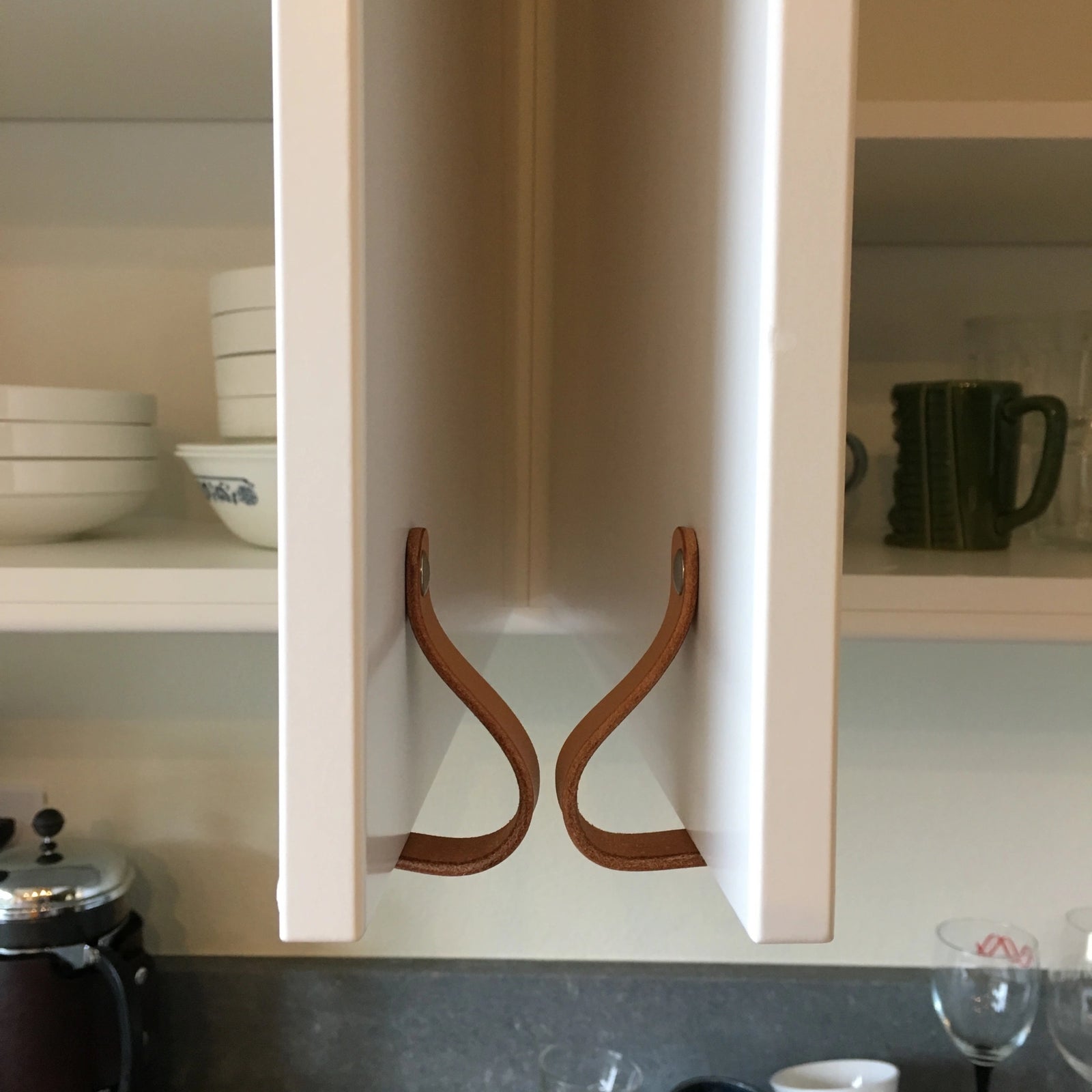
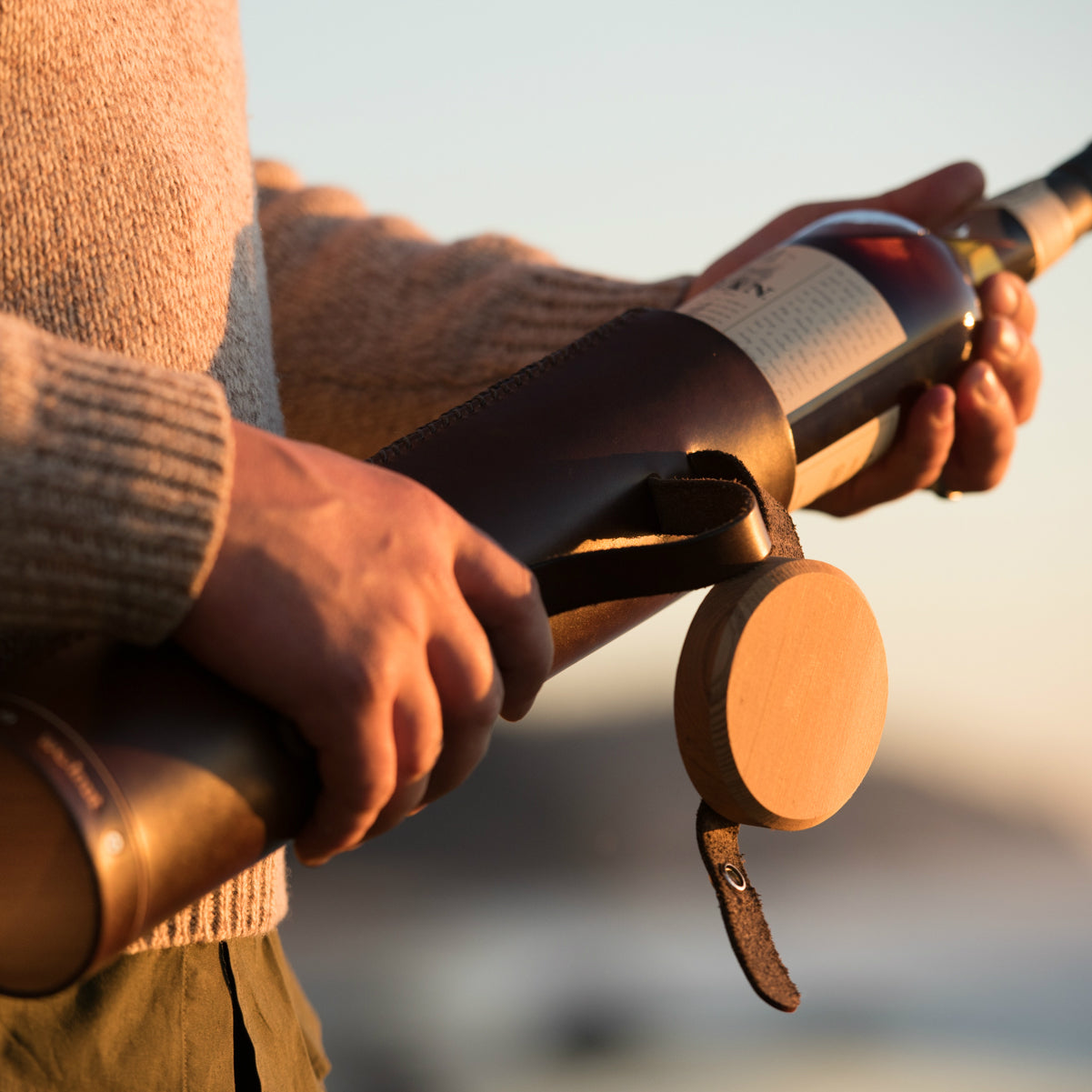
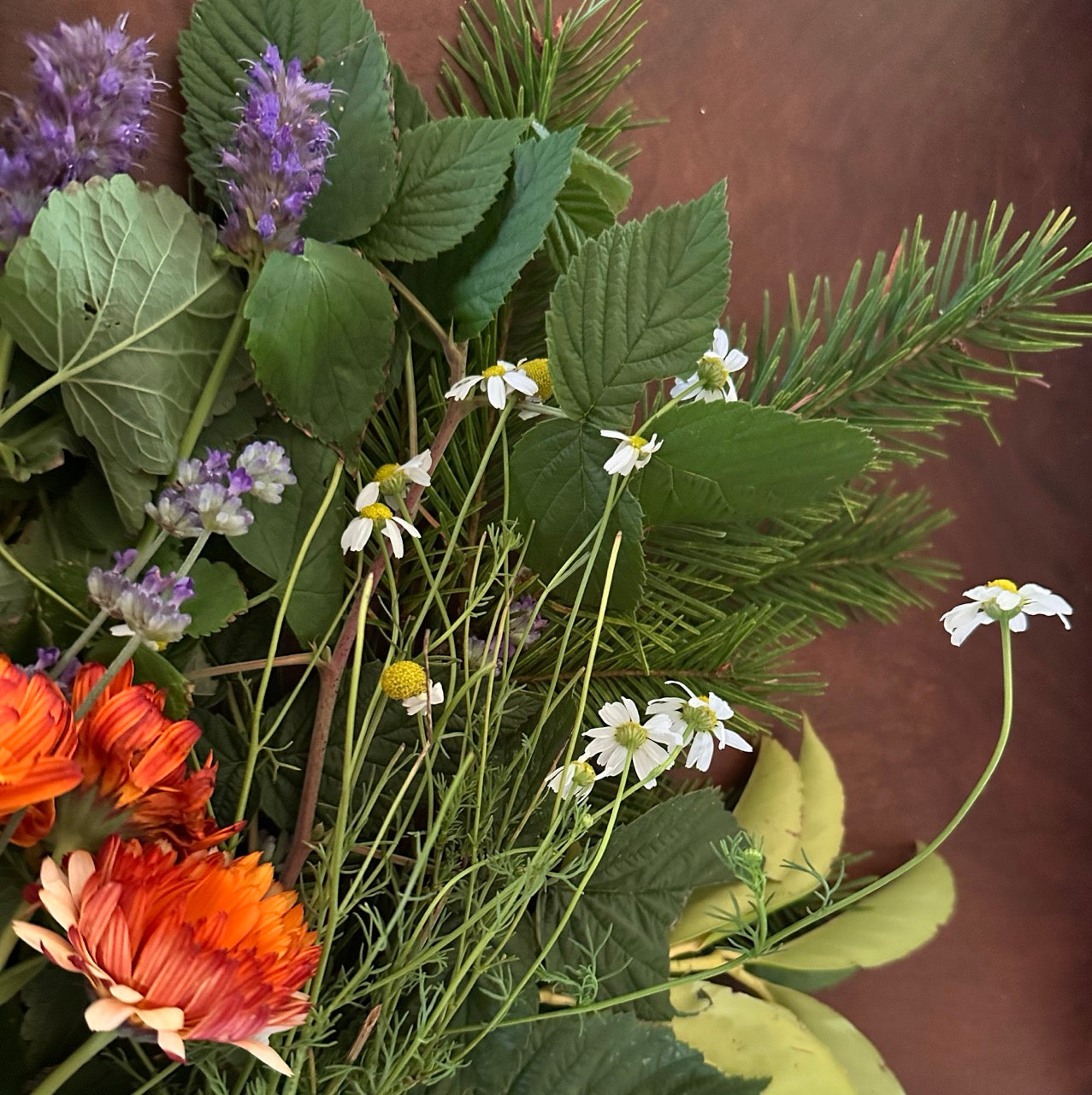
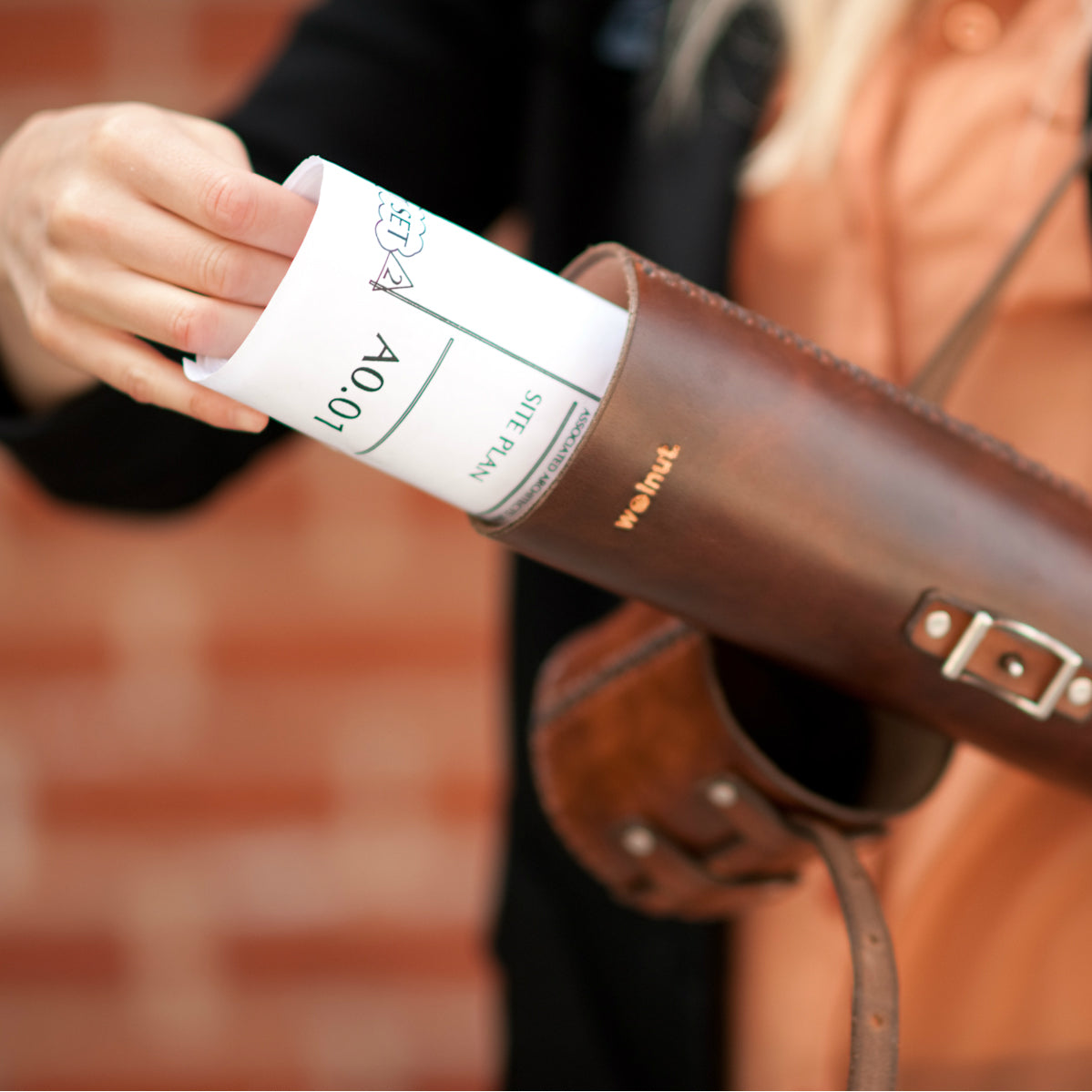
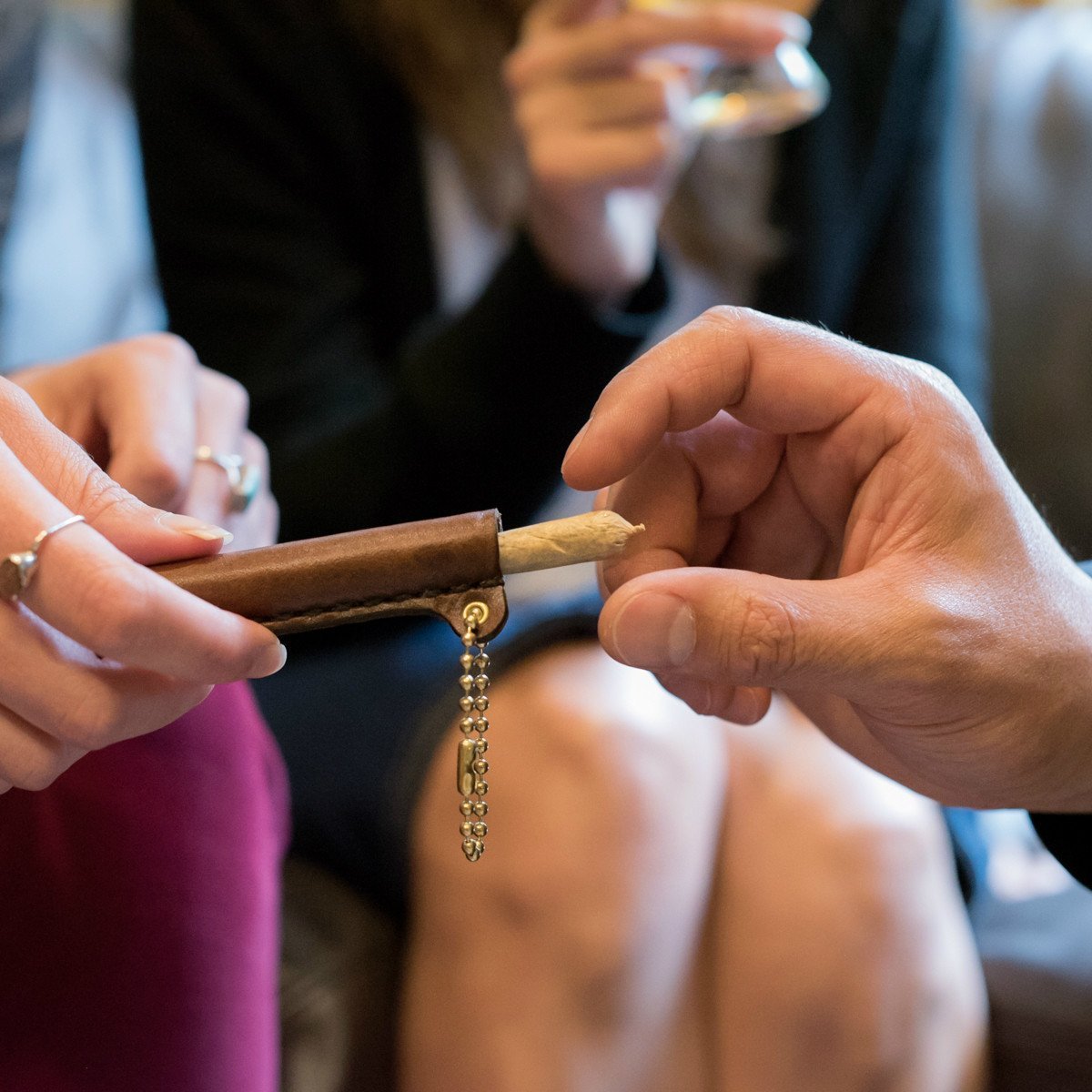
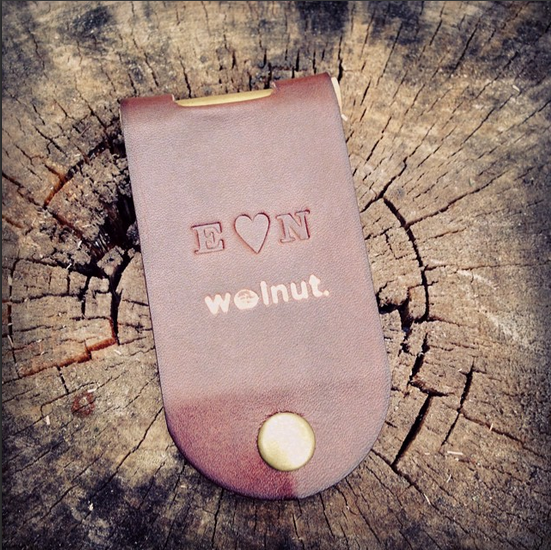
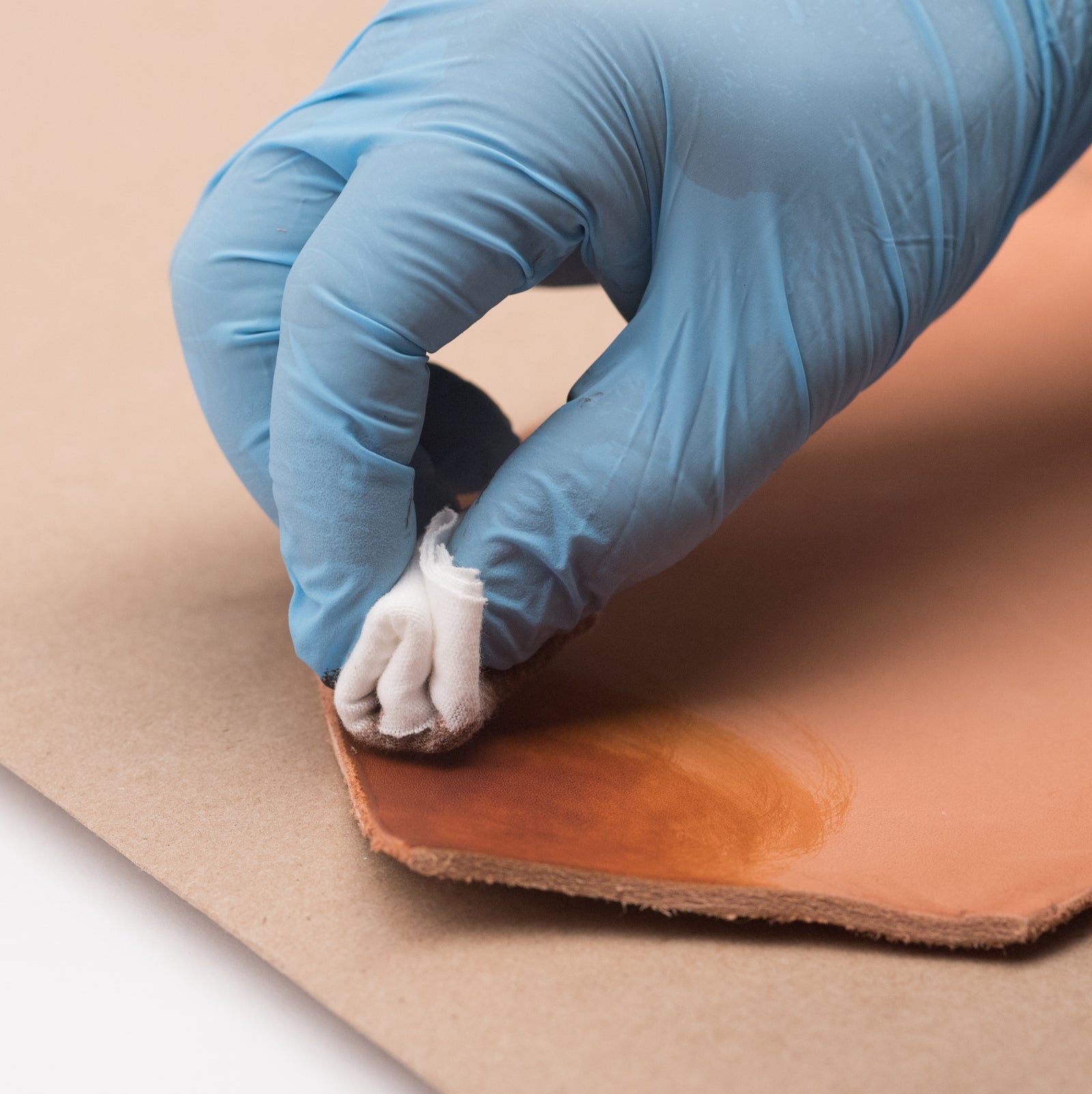
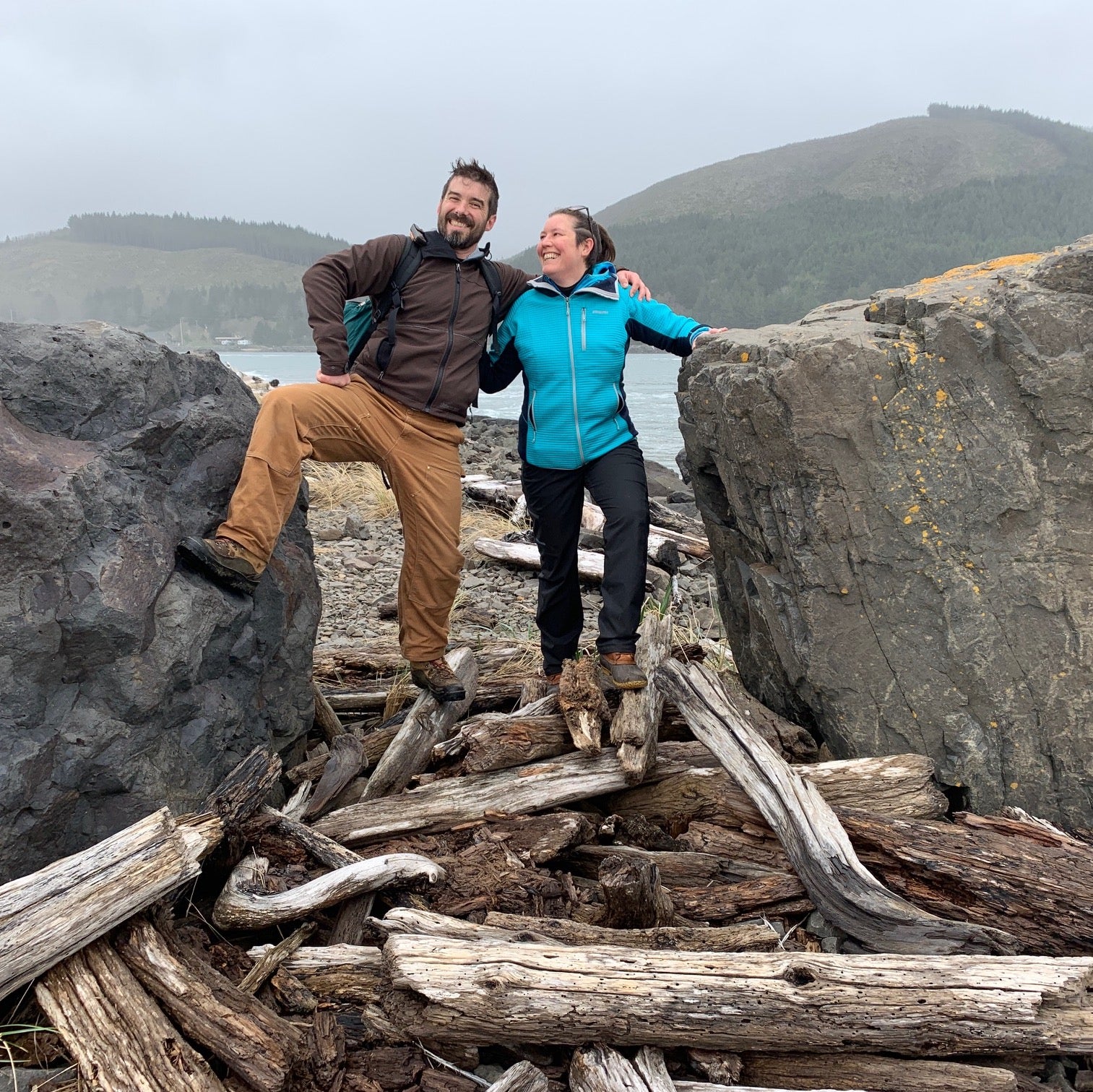

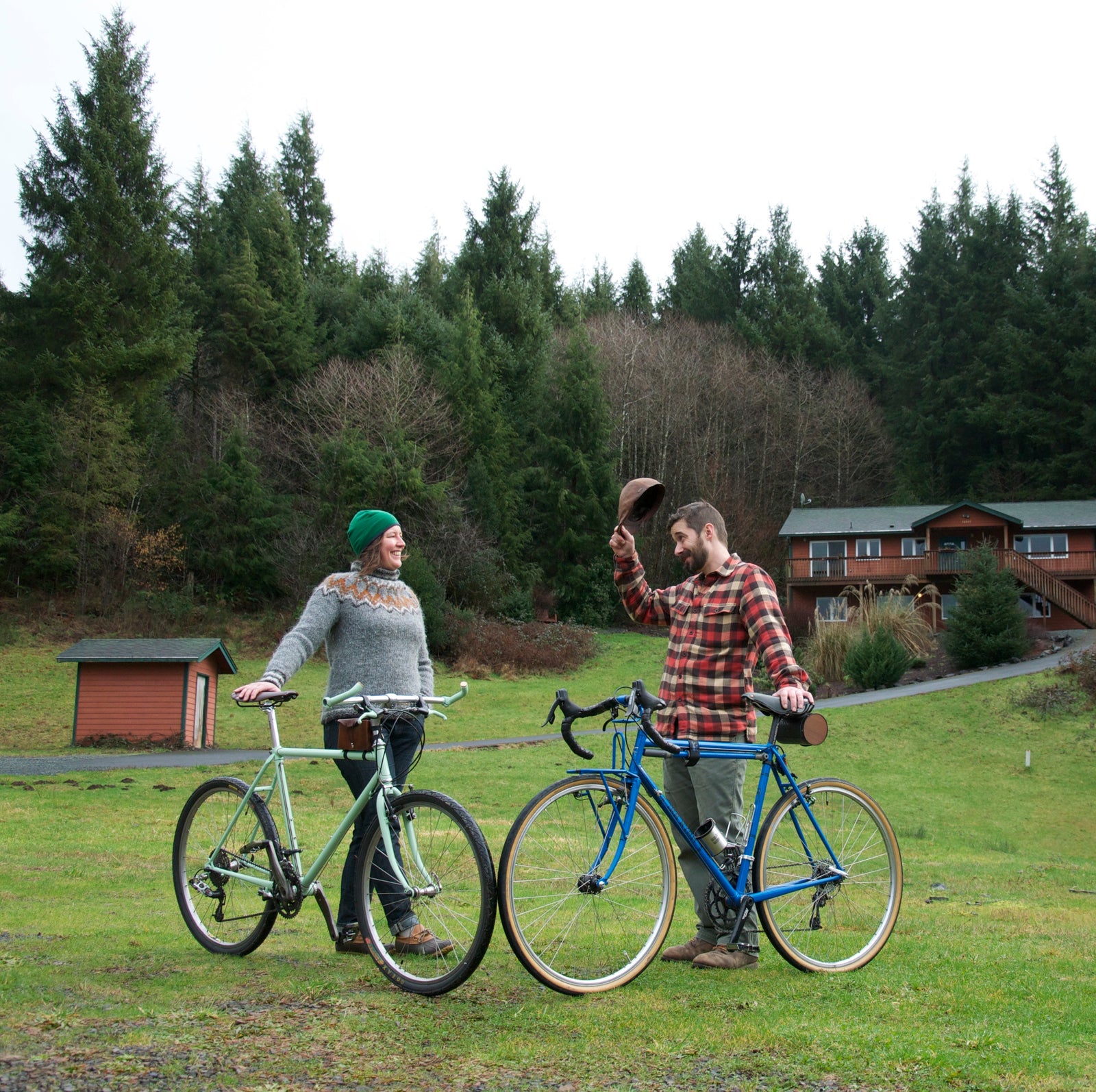



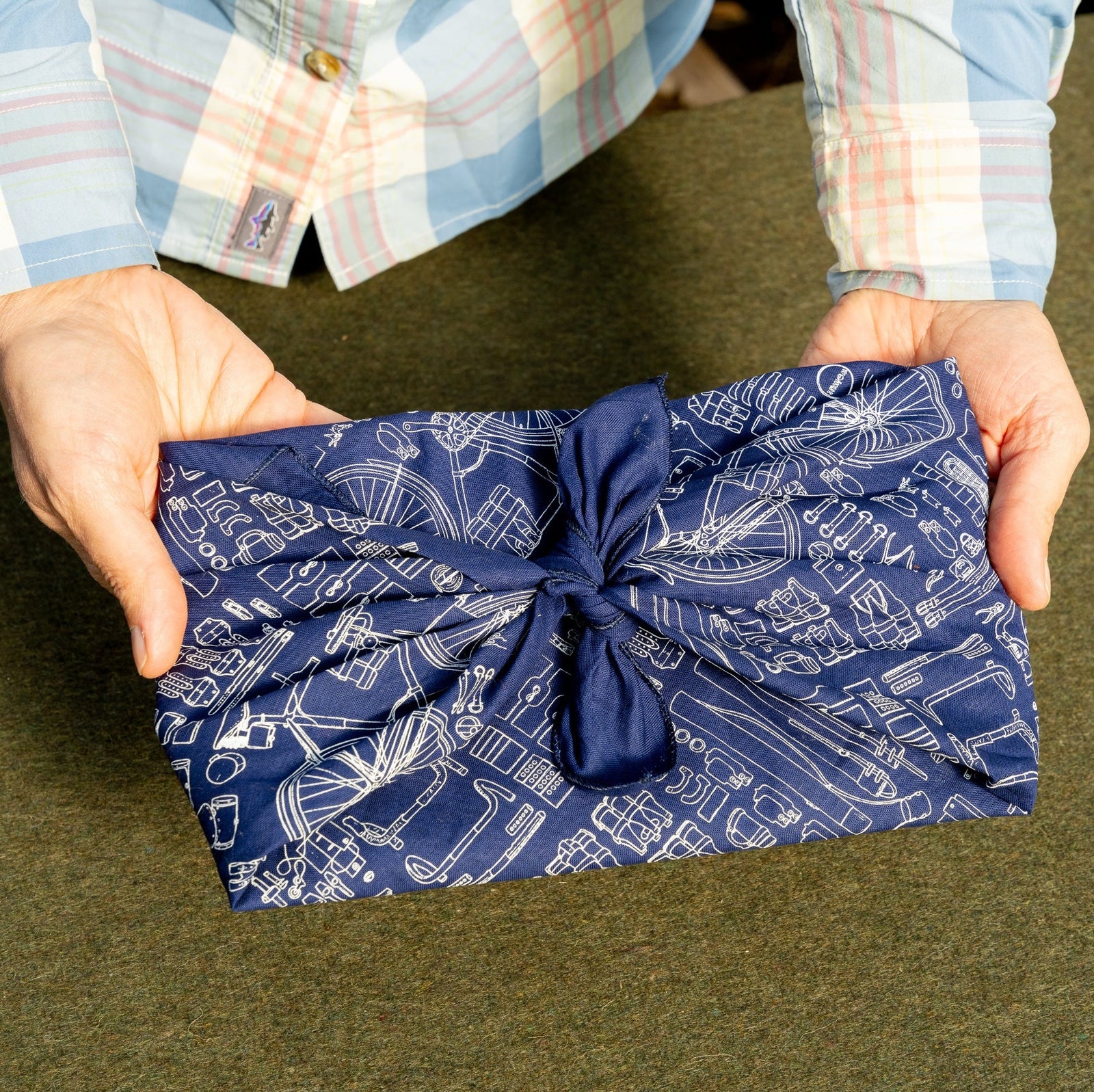
Leave a comment (all fields required)